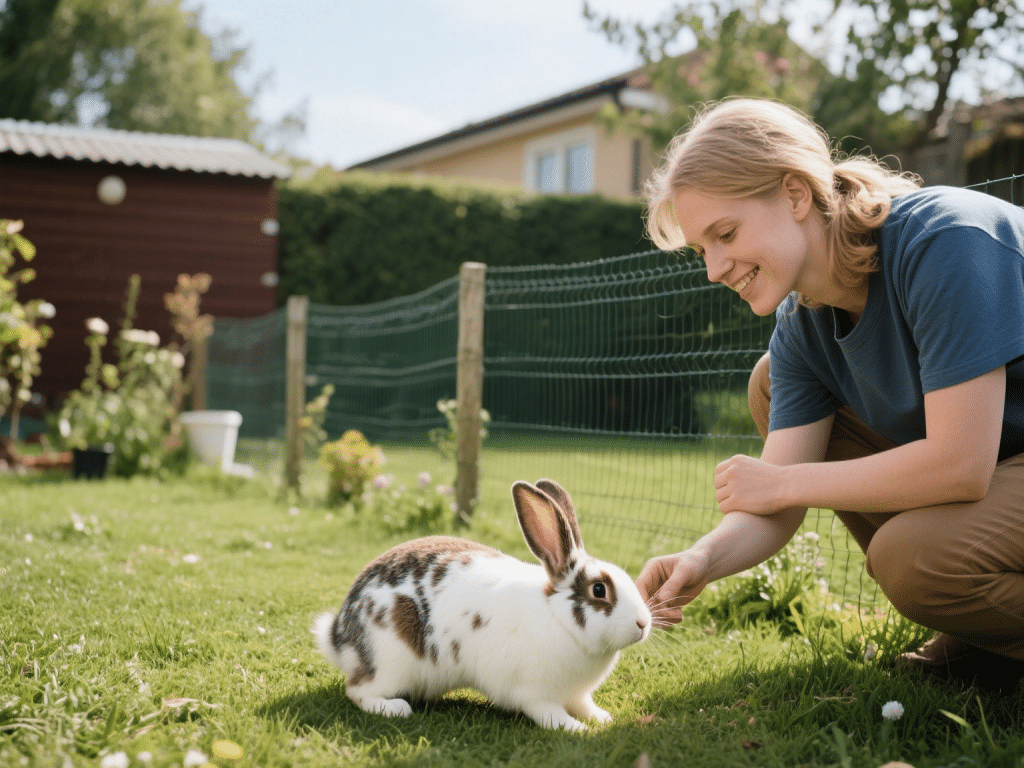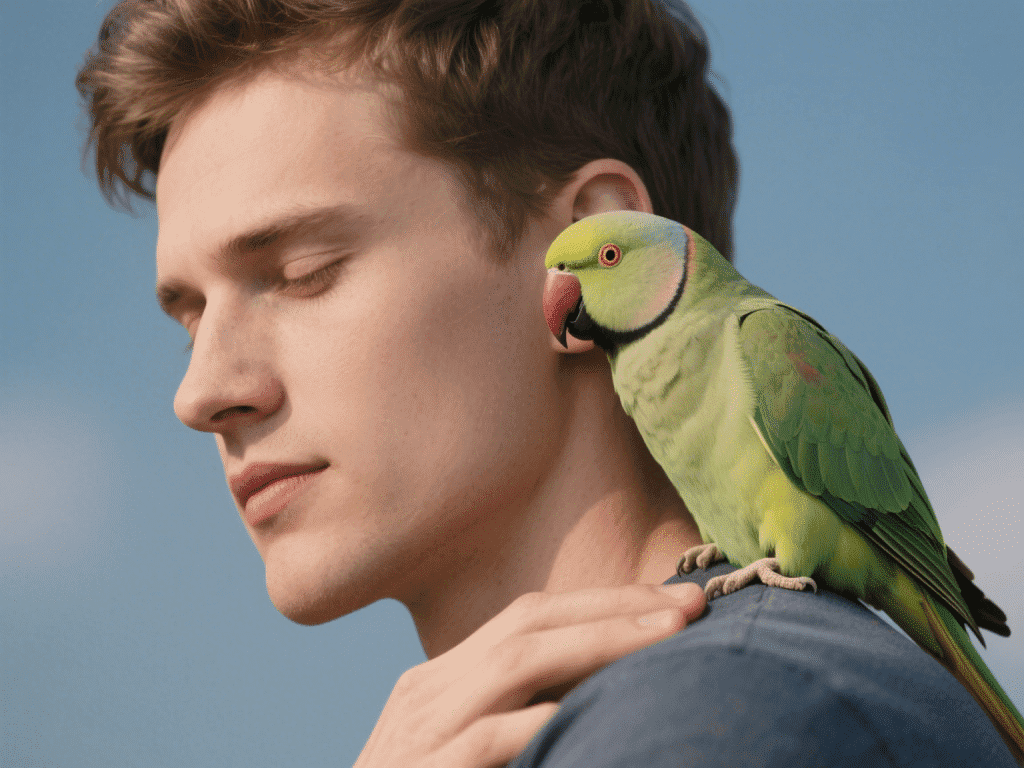Preventing Obesity in Rabbits: Diet and Exercise Guidelines

Rabbits are prone to weight gain when fed unlimited pellets and housed without adequate space for movement. Obesity leads to joint strain, digestive stasis, and cardiac issues. I’m Dr. Rebecca Chang, an exotic pet nutritionist, here to share balanced dietary plans and enrichment exercises that maintain optimal rabbit body condition and vitality.
1. Understanding Healthy Rabbit Body Condition
Body Score (1–5): Aim for a 3—ribs palpable but not visible; waist evident behind shoulders.
Weigh Regularly: Weekly checks with a gram-scale detect subtle trends.
2. Optimal Diet Composition
Unlimited Grass Hay: Primary diet of timothy or orchard grass hay ensures fiber intake of >70%.
Controlled Pellets: Limit to 1/8 cup per 2 kg body weight daily—choose 16% crude fiber formulas.
Fresh Greens: Offer 1–2 cups of leafy greens (e.g., romaine, cilantro) per kg body weight.
3. Exercise & Environmental Enrichment
Daily Floor Time: 4–6 hours in bunny-proofed areas with obstacles and tunnels.
Foraging Activities: Scatter hay or hide greens in cardboard boxes to encourage movement.
Toys & Chews: Wooden blocks, untreated sticks, and safe cat balls to promote active play.
4. Monitoring & Adjustments
Adjust Pellets: Reduce by 1 tablespoon if weight gain exceeds 5% in one month.
Increase Enrichment: Add new tunnels or low ramps to boost activity levels.
5. Special Considerations
Senior Rabbits: May require softer hay varieties; monitor tooth wear to avoid overfeeding pellets.
Neutered vs. Intact: Intact individuals often have higher appetites; adjust portions accordingly.
Conclusion
Maintaining a lean, active rabbit lifestyle requires a hay-focused diet, controlled pellet portions, and structured exercise. By combining careful feeding practices with engaging enrichment, you’ll help your rabbit thrive with a healthy weight and joyful spirit.






Comments on "Preventing Obesity in Rabbits: Diet and Exercise Guidelines" :